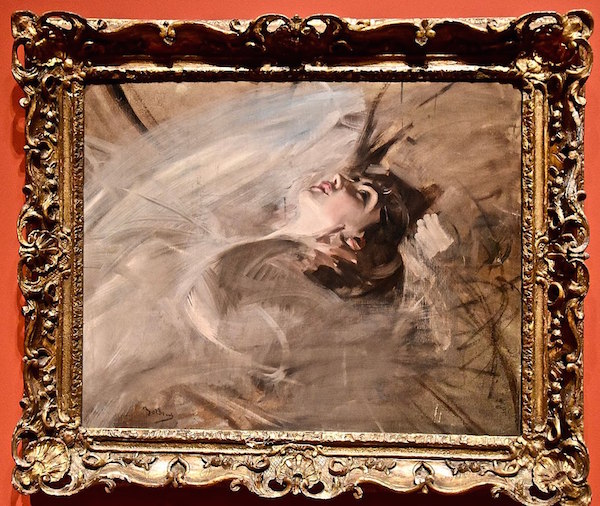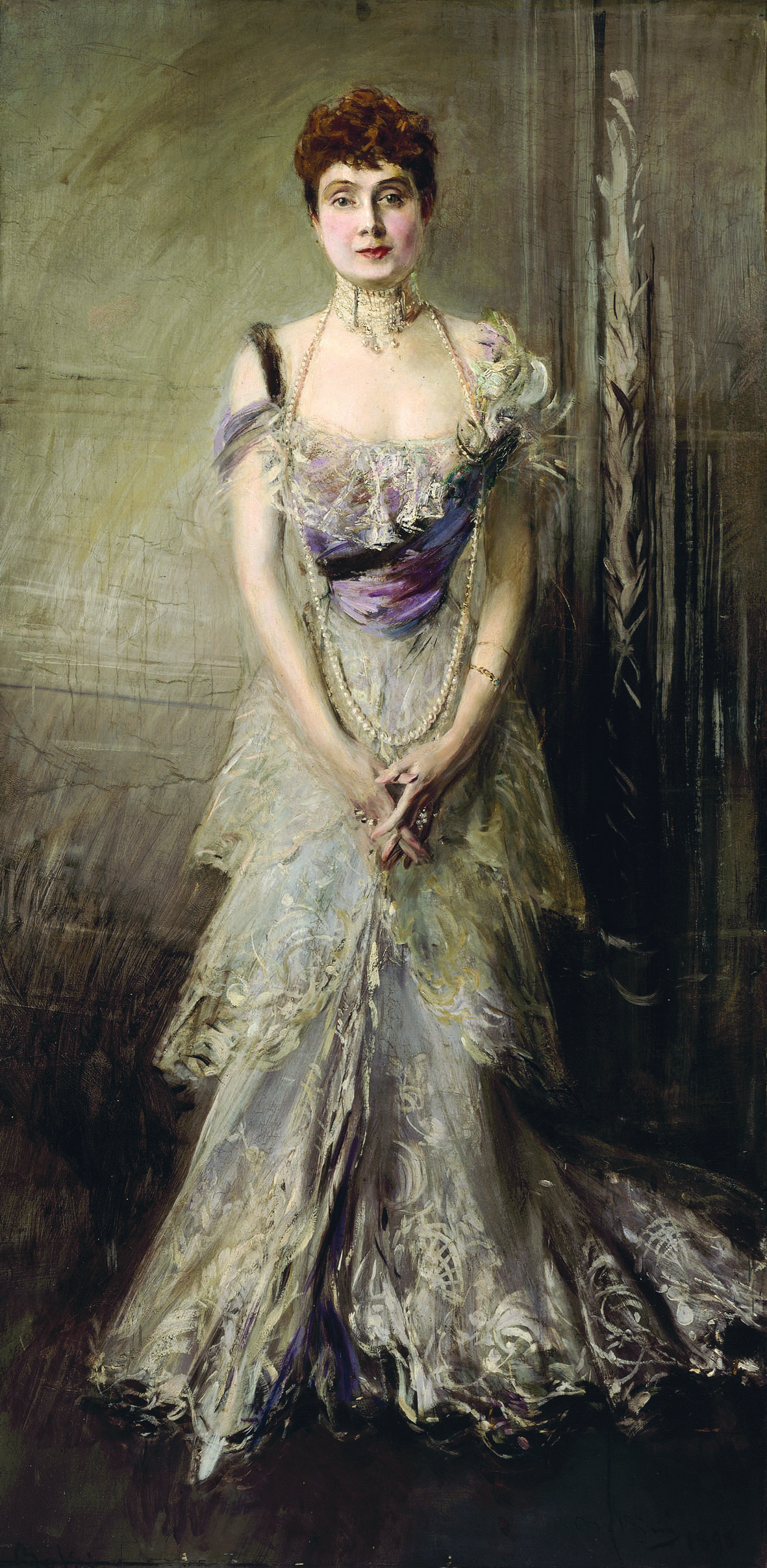Giovanni Boldini, The voile blouse, 1906 c. Oil on canvas, 72×63.5 cm. Ferrari Priests Collection

Giovanni Boldini, Bust of a Reclining Young Man, circa 1906 I Giovanni Boldini, Public domain, via Wikimedia Commons
At Palazzo Mazzetti a parade of masterpieces of the portrait genre will explain why wealthy and often beautiful women agreed to humbly queue in front of the door of her Parisian studio. “Boldini knew how to reproduce the dazzling sensation that women feel they arouse by showing themselves in their best moments” wrote Cecil Beaton, one of the first fashion photographers of the twentieth century, noting with British humor that “even the most unbearable of his portraits reveals immense fun” . Being portrayed by Boldini meant taking off the clothes of the aristocratic pride in order to play the game and accept its provocations, exposing even one’s own weaknesses in front of the painter of thefleeting moment.
Over 80 paintings from important museums and private collections will tell about it in the project curated by Tiziano Panconi, one of Boldini’s leading art experts, in an itinerary that will combine chronological narration with a series of thematic focuses: the complete list is still top secret, but we know that there will be Blond lady in evening dress (1889), la Princess Eulalia of Spain (1898), the Bust of a young man lying down (1906) and la Voile blouse (1912).
Boldini and the myth of the Belle Époque will be open to the public at Palazzo Mazzetti in Asti from 26 November 2022 to 10 April 2023.

Giovanni Boldini, Portrait of the Infanta Eulalia of Spain, 1891, Oil on canvas, 101.5 x 202 cm, Giovanni Boldini Museum, Ferrara

